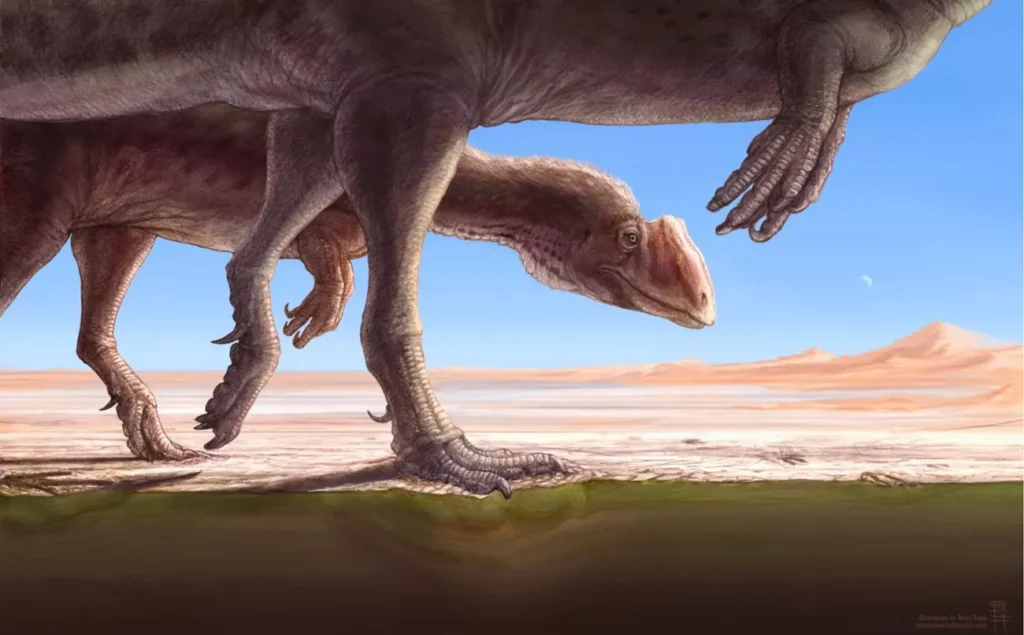
Where Is the Largest Dinosaur Tracksite in all of North America?
The area where you will find the tracks goes by the name Purgatoire River. It’s also more commonly known as Picketwire Canyonlands. It has gone through a couple of different names since it became a trail from the U.S. Forest Service. The original name was said to be El Rio de las Perdidas in Pergatorio.
The name came from Spanish treasure hunters. Some of them ended up dying on the river, and it was thought that since they couldn’t get buried by the clergy, their souls were banished to Purgatory. When French explorers came to the area, they shorted the name to Purgatoire. However, English speakers later had a hard time pronouncing the word and called it Picketwire, as that’s what the French word most sounded like to them.
The site is in Comanche National Grassland on public land. It runs alongside the Purgatoire River just south of La Junta in Otero County, Colorado.
The only way to get to the site is via an 11.5-mile, round-trip trail. The trail is considered to be rather difficult. Not only is it long, but there’s a fair amount of elevation.
It’s also often hot, and hikers and bikers are likely to easily overheat. It’s recommended by the forest service that every person aiming to reach the site bring at least a gallon of water with them. Hikers, bikers, and riders on horseback are all welcome to follow the trail.
There is one positive to the difficulty. Unless you go on a Saturday when the auto tours are running, there aren’t often a lot of people in the area. You could go the entire hike without running into another soul.
The Path to the Dinosaur Tracksite
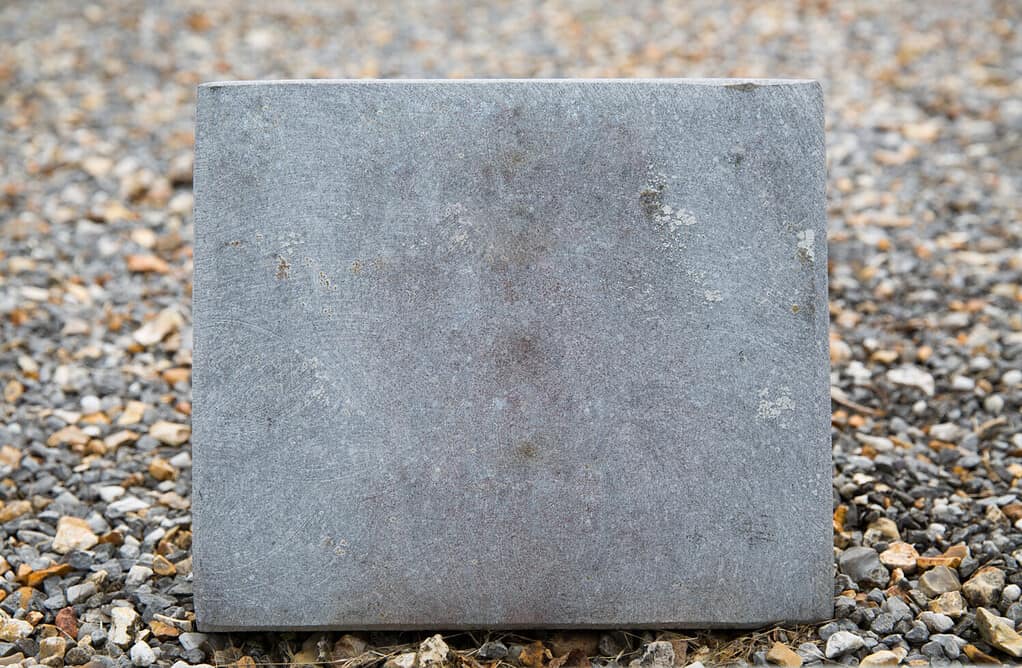
It’s not easy to get to the tracksite. The trail is over 11 miles, round-trip. To get to the area, you must start at the Withers Canyon trailhead. Eventually, you’ll reach Purgatoire River. You’ll turn right and follow a dirt road as you go upstream.
After around four miles, the trail reaches the Dolores Mission and Cemetery. This is a good place to stop and explore some more history. The area was home to a small Hispanic community in the 1800s. They were fairly isolated and while there’s not much left of their community, the remains offer some sense of history and connection.
Once you’re ready to continue, follow the trail for another mile and a half. That’s when you will find the tracks. They are on both sides of the river, but the most apparent ones are on the side closest to you.
Keep an eye on the ground as you get close. Sometimes, they aren’t so easy to see and you may end up missing them
The most notable and unusual tracksites in the area are the long trackways running side-by-side. These two sets of tracks were made by Apatosaurus walking alongside each other.
Other Ways to Get to the Site
If you don’t want to hike 11.5 miles, we don’t blame you. There are two other ways to get to the site besides walking.
The first is to bike. While it’s a rather easy bike ride, you do want to make sure you bring extra tubes. Many people have ended up stranded on the path because of prickly plants puncturing a tire.
Additionally, the U.S. Forest Service offers guided auto tours. They usually run on Saturdays in May, June, September, and October. However, sometimes they can’t run as planned, so it’s always a good idea to call ahead and make sure everything’s working as intended.
The auto tours are nice because not only do you get to make it to the site without walking all that way, but the tour guides know exactly what they are looking for. They can answer many of your questions and can show you items you might otherwise miss on your own.
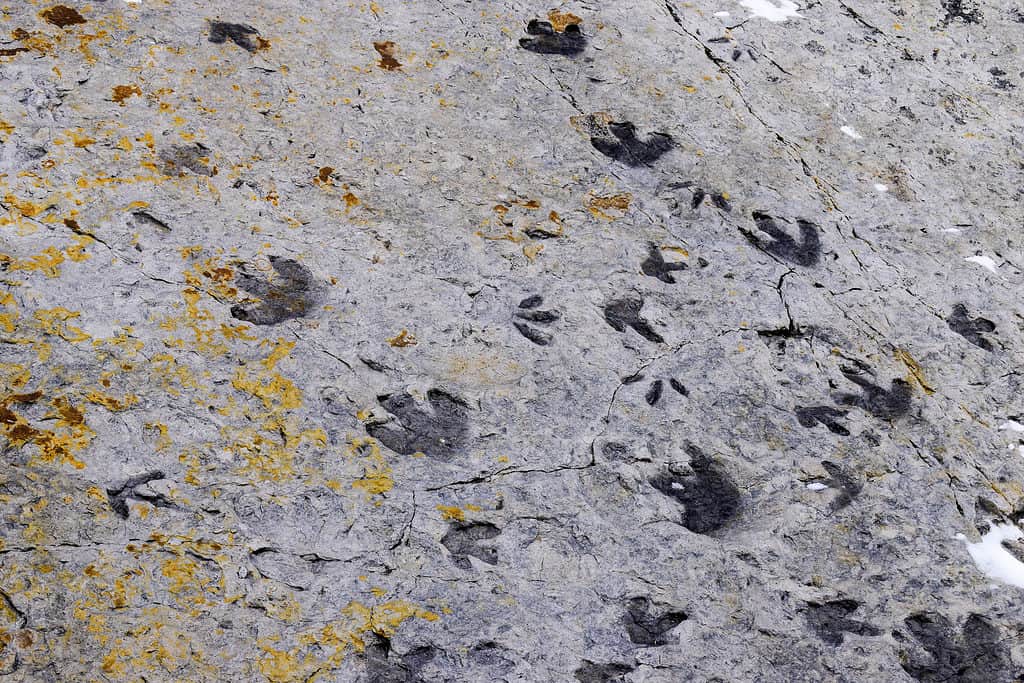
Tracksites are areas where footprints from ancient animals, like dinosaurs, are preserved. Sometimes, there may be trace fossils as well. The size generally doesn’t matter. Some tracksites are only a few yards, while others extend for miles.
In the case of the Picketwire Canyonlands, the tracksite actually doesn’t extend all that far. It only goes for a quarter mile or so, based on what has been uncovered so far. Instead of being the largest in terms of size, it’s the largest in the sheer number of tracks. In that quarter mile or so, there are thousands of footprints from hundreds of different animals.
The tracks are not only amazing to look at. Because there are so many, scientists now have a better idea of how dinosaurs traveled. For example, the site supports the theory that sauropods travel in large herds with both adults and juveniles, which means that it’s likely that the creatures had some sort of family structure.
Also, tracksites are made by moving animals. This means that the prints provide information such as the creature’s direction and speed.
The Dinosaurs That Created the Footprints
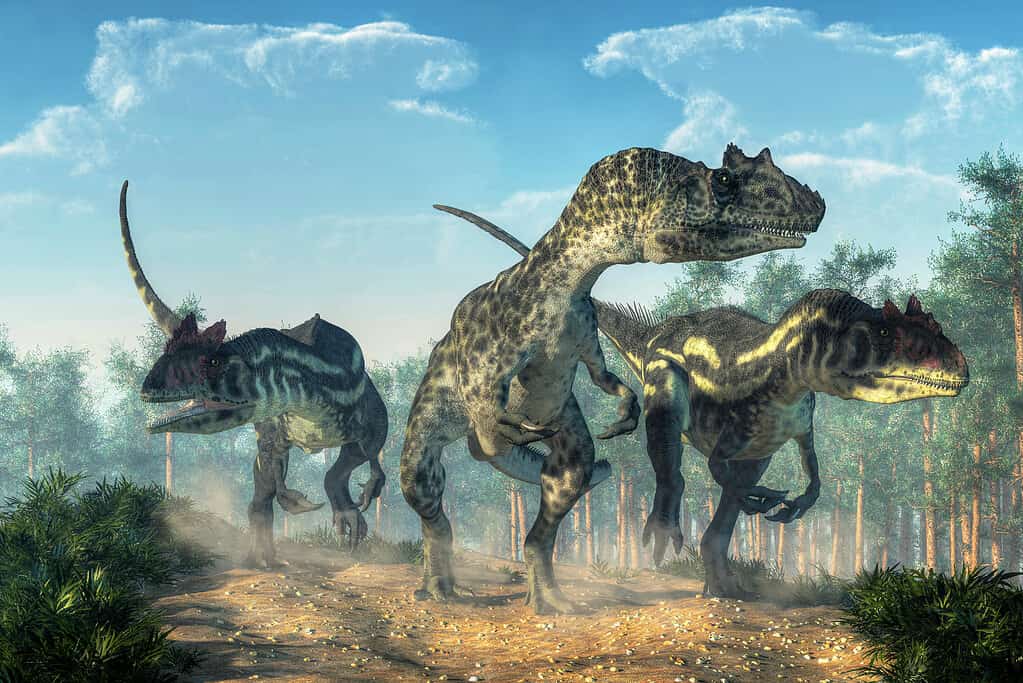
This isn’t the largest dinosaur tracksite for no reason. It’s home to over 2,100 footprints and 130 different trackways. All of them are from the Jurassic period. There might be even more tracks not yet uncovered. It’s thought by visitors and scientists alike that if someone takes the time to dig around more of the area, there would be far more tracks, possibly stretching over miles.
Unfortunately, due to limited resources, it’s not likely that further footprints will be uncovered anytime soon unless a flood occurs and nature reveals the tracks.
While some prints are repeated by species, most of them are made by species belonging to quadrupedal herbivores, such as Apatosaurus. There are also more bipedal animals, like Allosaurus. A couple of the prints belong to duck-billed dinosaurs, such as Camptosaurus.
The Perfect Conditions for Dinosaur Footprints
Back during the Jurassic period, which was over 150 million years ago, the area near what is now the Purgatoire River Valley was a lake.
The lake was shallow and muddy. The mud managed to hold the footprints of the giant beasts moving in the area. As the lake dried up and the water left, the earth around the prints dried and hardened. When the water vanished, it fossilized the footprints.
More Than Just Dinosaurs
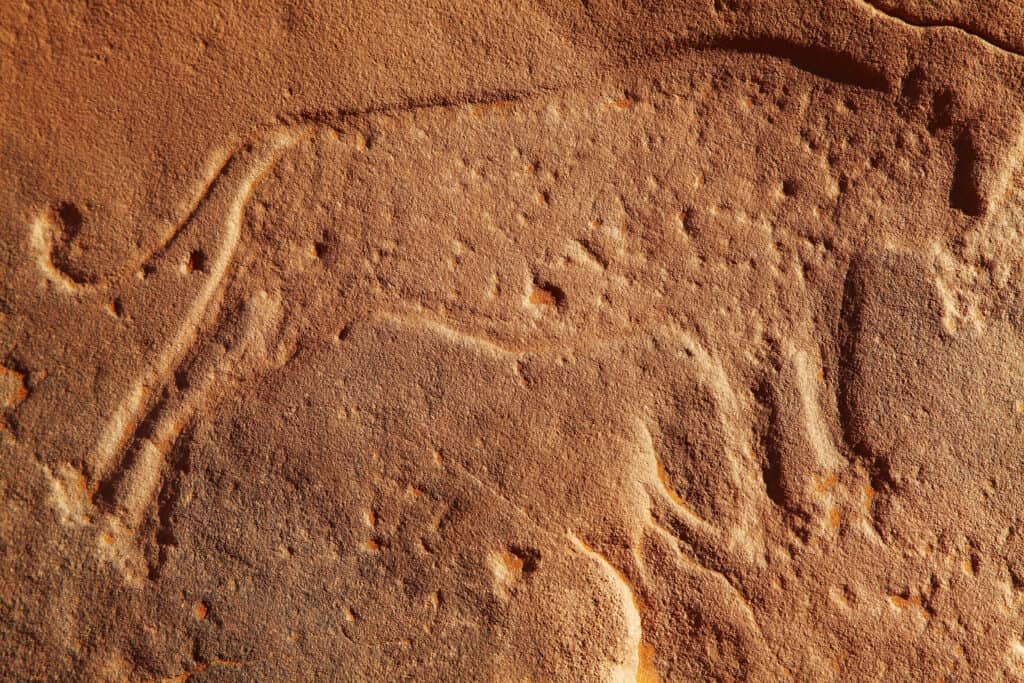
While many people around the world come to see the dinosaur tracks at Picketwire Canyonlands, that’s not all there is. The site has also been home to many signs of human activity throughout history as well.
There are cave paintings, pieces of artwork, tools, relics, and even pieces of pottery. There are signs of more recent history as well, including a ranch from 1871.
Within five miles of the dinosaur tracks, there are five other major markers. There is the Dinosaur Shoulder Blade from an Apatosaurus, Life at Dinosaur Lake, The Site from the Sky, The Rourke Ranch Historic District, and the Dolores Mission and Cemetery.